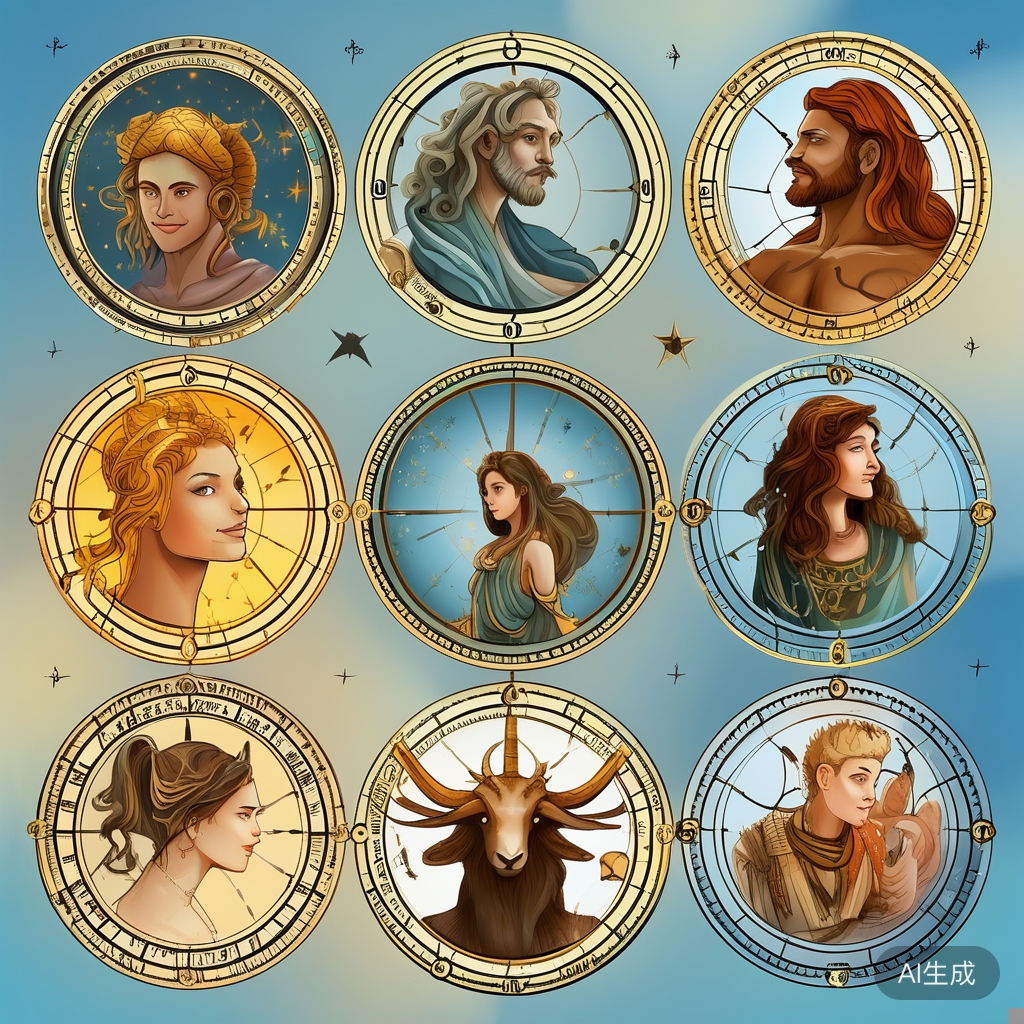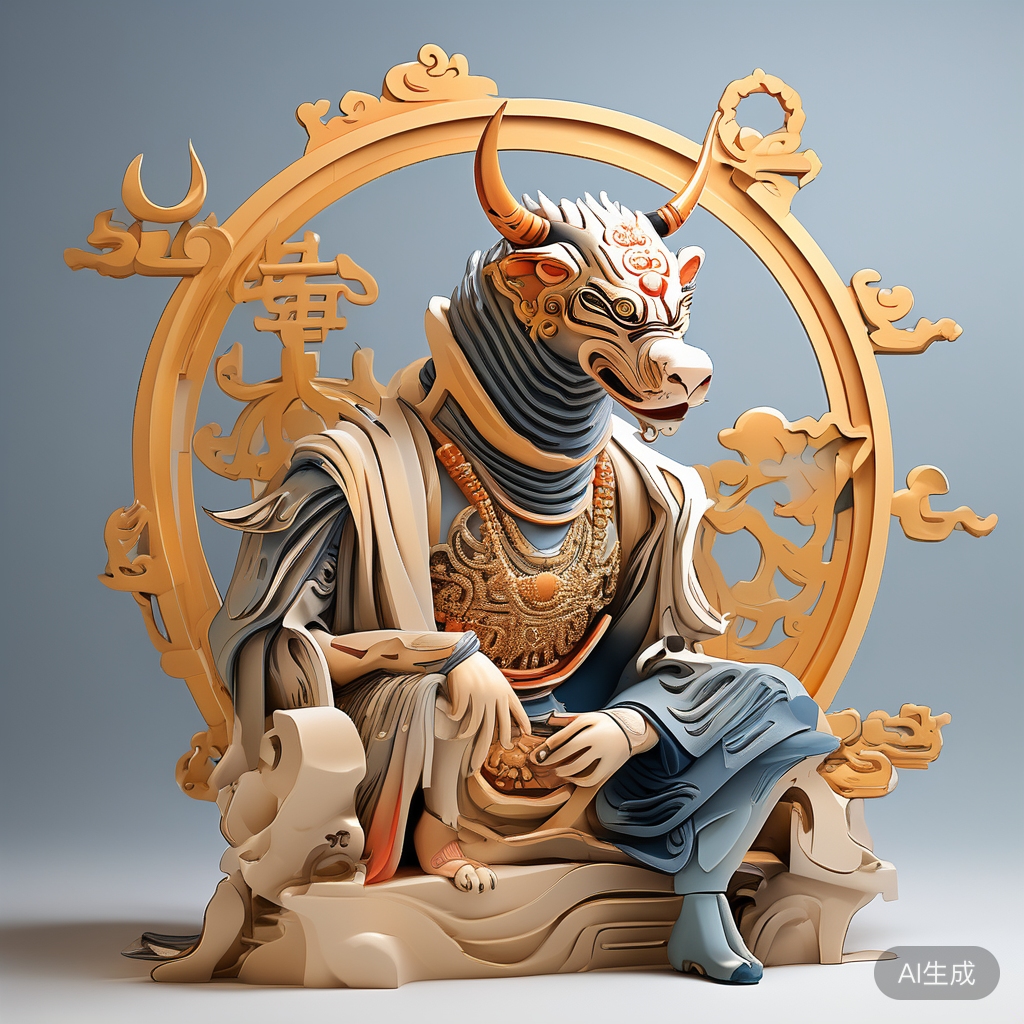/>
Bust out the mythological popcorn, folks, because we’re about to dive into the legendary sagas of the zodiac signs, direct from the annals of Greek and Roman mythology. These tales are older than dirt, some even pre-date the myths we know today, offering a window into the ancient understanding of human emotions and the surreal. So, buckle up and let’s explore the mythological stories behind your zodiac sign, brought to you by the Astrology Network.
Remember to give a shout-out to "Star Translation Society" and translator Helios when you share this.
Aries (March 21 – April 19)
King Athamas of Boeotia had a son, Phrixus, and a daughter, Helle, with his first wife, Nephele. But he got tired of Nephele and ditched her for the daughter of King Cadmus of Thebes, Ino. Ino, being the schemer she was, wanted her own son to inherit the throne and didn’t mind playing dirty to make it happen.
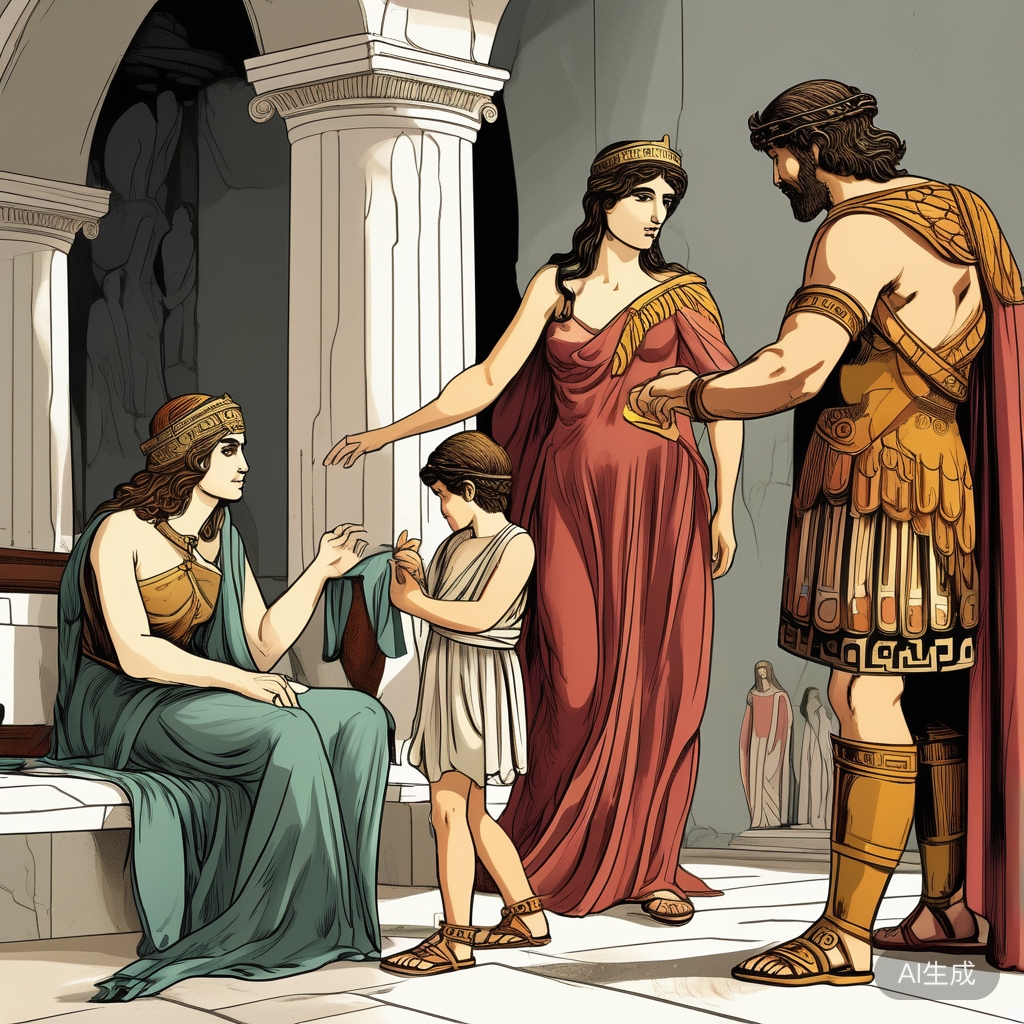
In those days, corn was the breadbasket of the kingdom, and a good harvest meant everyone’s bellies were full for months. Ino convinced the womenfolk to toast the corn seeds before planting them, keeping her involvement a secret. When the seeds failed to sprout, no one suspected Ino. The king, desperate, sought the advice of a sage to appease the gods and bring the crops back to life. The messenger, however, was bribed by Ino to lie about the sage’s advice.
The messenger told the king that Phrixus and Helle were to blame for the famine and that they needed to be sacrificed to the gods. The king, though devastated, didn’t want to defy the gods and risk his people’s starvation. He decided to follow the "sage’s" advice.
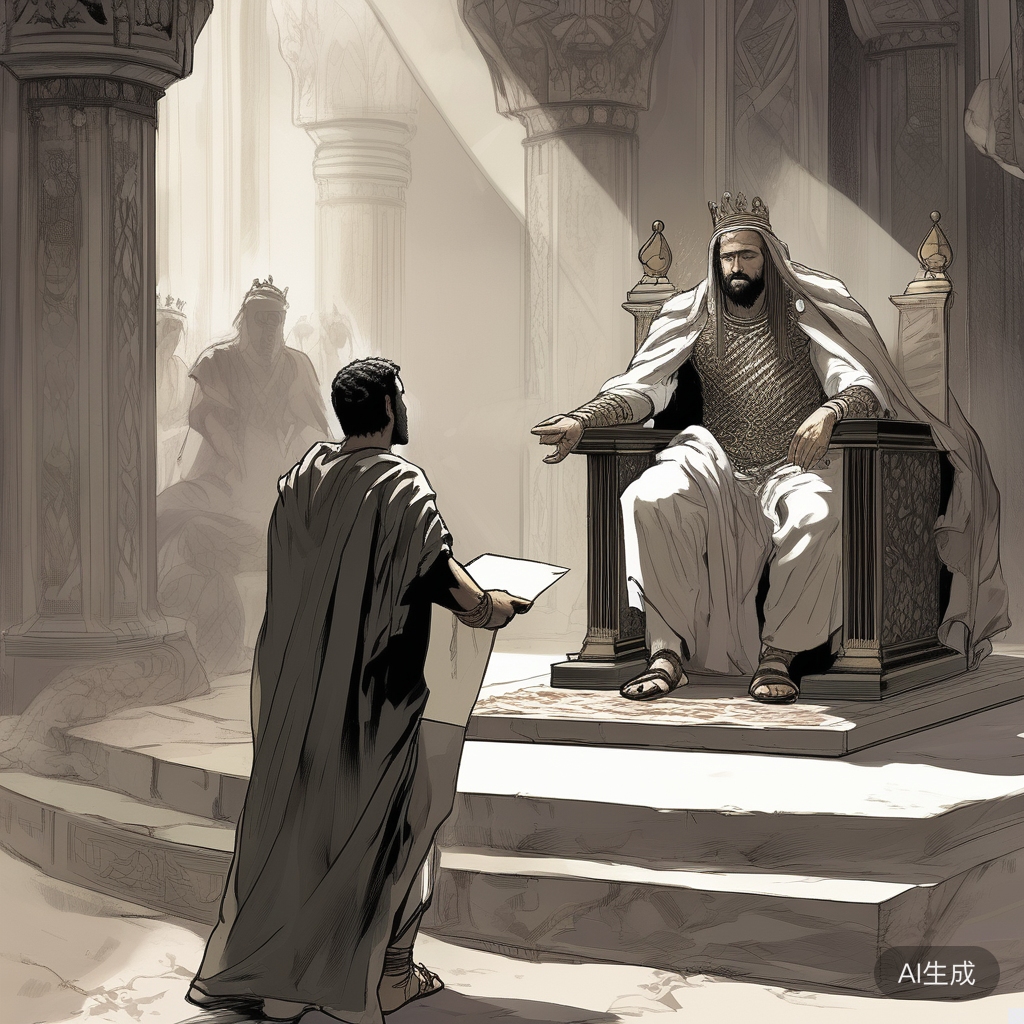
Luckily, Nephele had been worried about her kids’ safety and had a golden ram them in the castle. This ram was a gift from Zeus to Nephele and was loyal to her and her children. When the sacrifice day arrived, the ram told the kids to escape. They climbed onto its back, held on tight, and the ram took off, flying into the sky. Tragically, Helle, being weaker, fell into the sea and drowned, her body washing up in a place now called Helle’s Bay.
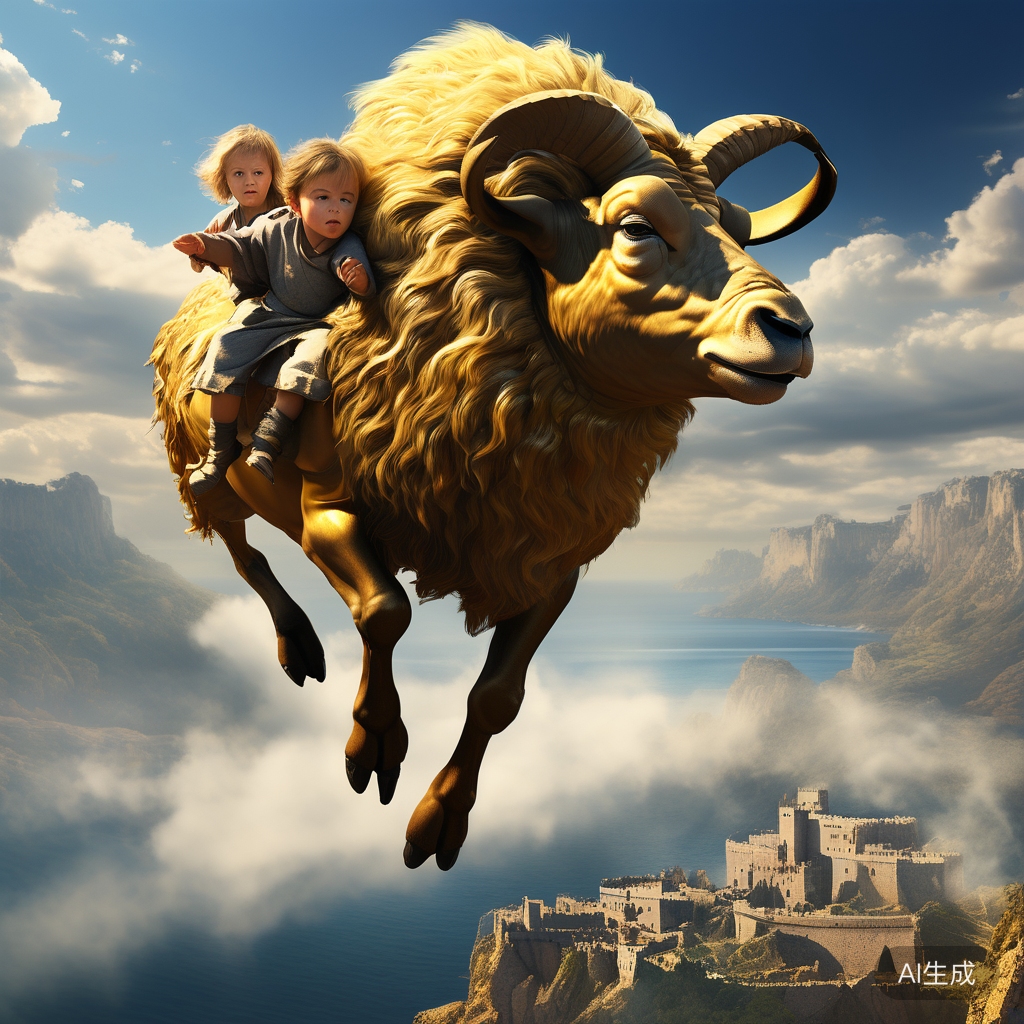
Phrixus survived and later married a royal from Colchis, maintaining his noble status. To thank Zeus, he sacrificed the ram, and its fleece was hung in the most prominent place in Colchis. Zeus honored the ram by placing its image in the sky, marking the day it lit up the heavens.
Taurus (April 20 – May 20)
Zeus, the god of gods, had a thing for mortal women, much to the chagrin of his wife, Hera. He often had to resort to shape-shifting to approach his love interests without raising eyebrows. One of his cons was to transform into a beautiful white bull to win over the lovely Europa, who was frolicking by the sea with her friends.
Europa was smitten with the gentle bull and climbed onto its back, unaware of the danger she was in. Zeus saw his chance and whisked her away to Crete, where he revealed his true form. Europa became Zeus’s lover and bore him three sons. Zeus later placed the bull’s image in the sky, symbolizing love, strength, and beauty.
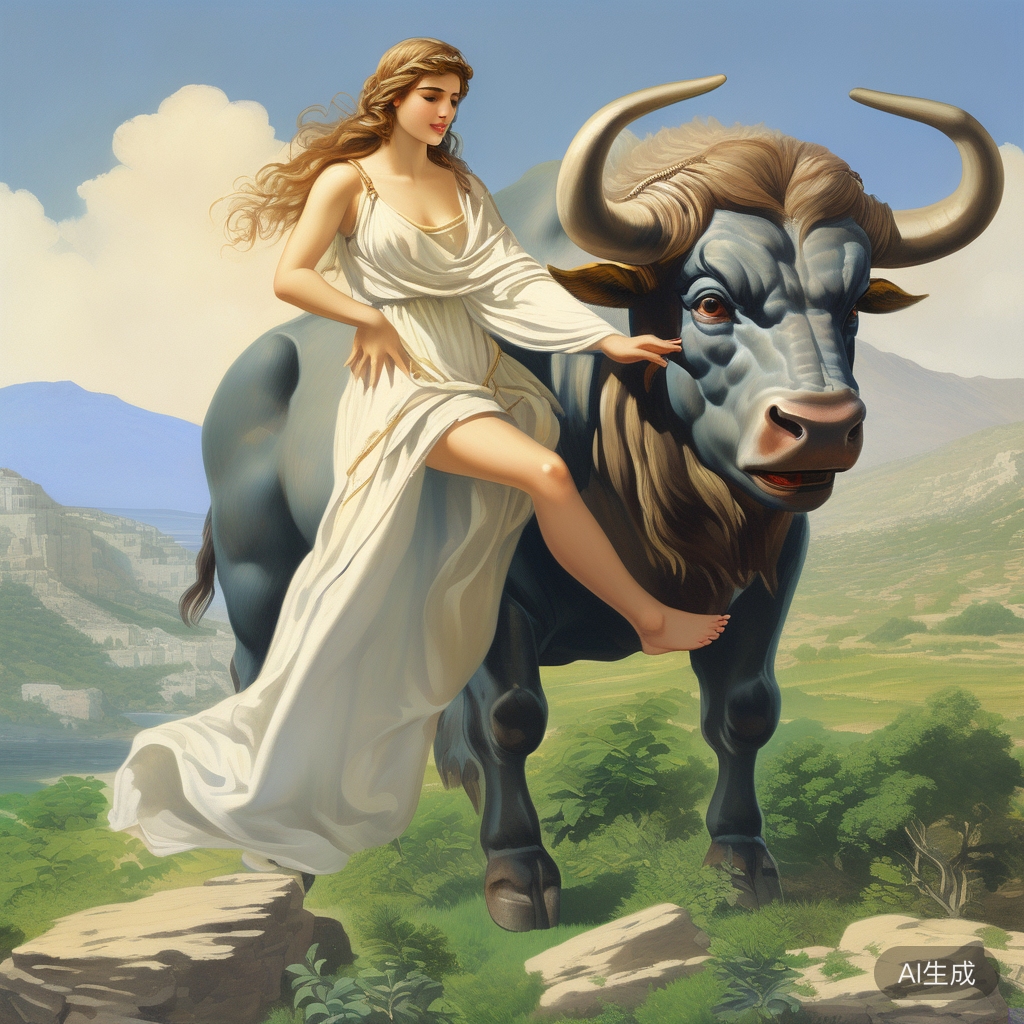
Gemini (May 21 – June 21)
The twins Castor and Pollux, also known as the Dioscuri, are the celestials behind the Gemini sign. They were the sons of Zeus and Leda, along with their sisters Clytemnestra and the fair Helen. The twins were famous adventurers and warriors, members of the Argonauts who searched for the Golden Fleece with Jason.
The twins were also known for their rivalry with Theseus of Athens, who once kidnapped their sister Helen and held her captive in Athens. The twins, being the heroes they were, raided Athens and rescued Helen.
Sadly, the twins died young, which seems fitting given their adventurous lifestyle. Castor was killed in a battle with Lycus, and Zeus, seeing the fight and Castor’s death, decided to take Pollux to heaven. Pollux, however, didn’t want to leave his brother behind, so Zeus allowed them to switch places, spending half their time in the underworld and the other half in heaven, forever together.
Cancer (June 22 – July 22)
The Cancer constellation is unique because it’s not a creature placed by Zeus but by his wife, Hera. The crab, named Carcinus, was a nasty creature that lived in the water and was known for its size and venom.
During Heracles’ labors, Hera sent the crab to attack him while he was fighting the nine-headed monster, Hydra. The crab was supposed to distract Heracles, allowing the Hydra to finish him off. But the plan backfired, and both the crab and the Hydra were defeated by Heracles. Hera, grateful for the crab’s effort, placed its image in the sky.
Leo (July 23 – August 22)
The Leo constellation is represented by the Nemean Lion, a beast that terrorized the Nemean Valley. Heracles’ first labor was to slay this lion, which was considered invincible. Armed with only his club, Heracles eventually strangled the lion with his bare hands. He then skinned the lion and wore its pelt as a cloak, and the lion’s head as a helmet. The lion’s image in the sky no longer symbolizes fear but beauty.
Virgo (August 23 – September 22)
Virgo is represented by a goddess, not an animal or mortal, according to Greek mythology. During the Golden Age, gods and humans lived together, but after the Olympians took over, Zeus became a strict ruler. Prometheus, one of the Titans, stood up for humans and was punished by being chained to a mountain. Zeus also sent a woman, Pandora, to the mortal world, who released all sorts of evils into the world. The last to leave was Astraea, a goddess of justice and modesty, who hopes to return to the mortal world one day.
Libra (September 23 – October 22)
The Libra constellation has roots in ancient Egyptian mythology, where the god Anubis used a scale to weigh the souls of the dead. Anubis and his brother Horus guarded the paths to the underworld, and Anubis would weigh the souls to determine their worth. The Egyptians believed that a soul’s value was determined by its actions during life.
The scale Anubis held symbolized the final judgment of the soul. The Greeks allowed the Egyptians to retain the position of the Libra constellation in the sky, a symbol of balance and justice.
Scorpio (October 23 – November 21)
The Scorpio constellation was placed in the sky by the goddess Artemis to honor a scorpion that killed Orion. Orion was a giant, the son of Poseidon, known for his strength and beauty. However, he was also prideful and disrespectful to the gods. His offense to Artemis remains unclear, but it led to his demise. The scorpion stung Orion, and both were placed in the sky. Orion continues to flee from the scorpion in the heavens.
Sagittarius (November 22 – December 21)
Sagittarius is named after the hero Chiron, a centaur known for his wisdom and kindness. Unlike other centaurs, Chiron was not foolish or violent. He was the son of Kronos and the nymph Oceanid. Chiron taught many Greek heroes, including Achilles and Jason. Despite being immortal, Chiron was accidentally wounded by Heracles with a poisoned arrow and could not die.
Prometheus eventually allowed Chiron to trade his immortality for death, and Chiron was placed in the sky, his image representing the Archer.
Capricorn (December 22 – January 19)
The Capricorn constellation has origins that predate Greek mythology, possibly from the Babylonian myth of Ea, a god with the lower body of a fish and the upper body of a goat. Ea lived in the water and guarded the land during the day, returning to the water at night.
The Greek version of Capricorn is represented by Pan, a half-goat, half-man creature, the son of Hermes and a forest goddess. Pan was a beloved figure in the mountains, known for his musical talent and playful nature. He preferred the quiet life in the countryside over the hustle and bustle of Olympus.
Aquarius (January 20 – February 18)
Aquarius is associated with water deities in many ancient cultures, including the Greeks, Egyptians, and Babylonians. Water is essential for life and growth, and the power to control rain was highly revered. In Greek mythology, Zeus played this role, but he was also the god of storms.
Another Greek myth involving Aquarius is the story of Deucalion, who survived a great flood. This story parallels the Noah’s Ark narrative in the Judeo-Christian tradition. After the flood, Deucalion and his wife Pyrrha were the only humans left, and they were seen as the founders of a new, stronger, and more perfect human race.
Pisces (February 19 – March 20)
Pisces is the last sign of the zodiac, associated with the goddess Aphrodite and her son Eros. One day, while mother and son were walking by the river, a terrible monster named Typhon emerged from the water and attacked them. The gods were unable to fight Typhon, so Aphrodite and Eros turned into fish and escaped with the help of two friendly fish. To commemorate their rescue, the two fish were placed in the sky, their tails entwined.
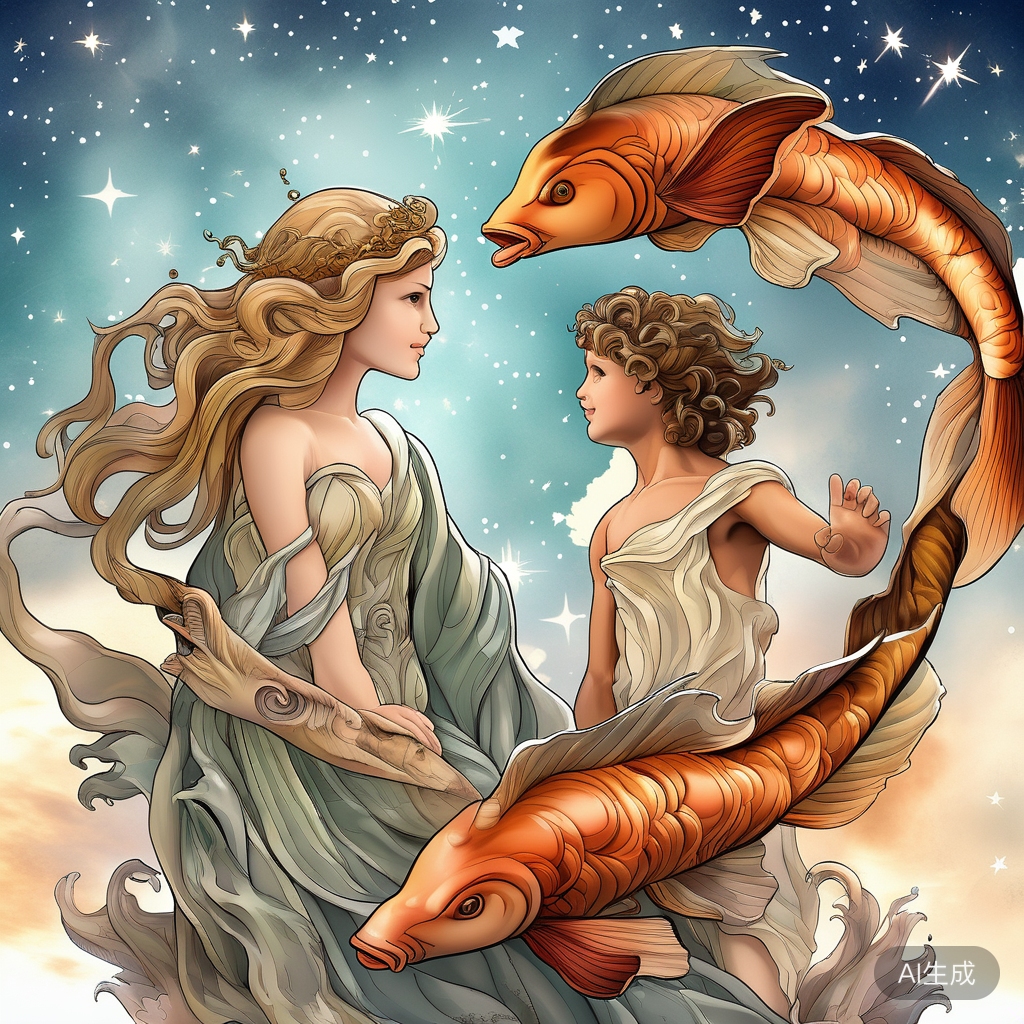
And there you have it, the mythological stories behind the zodiac signs. Whether you believe in the stars or not, these tales are a fascinating glimpse into the ancient world’s understanding of the cosmos and human nature.
